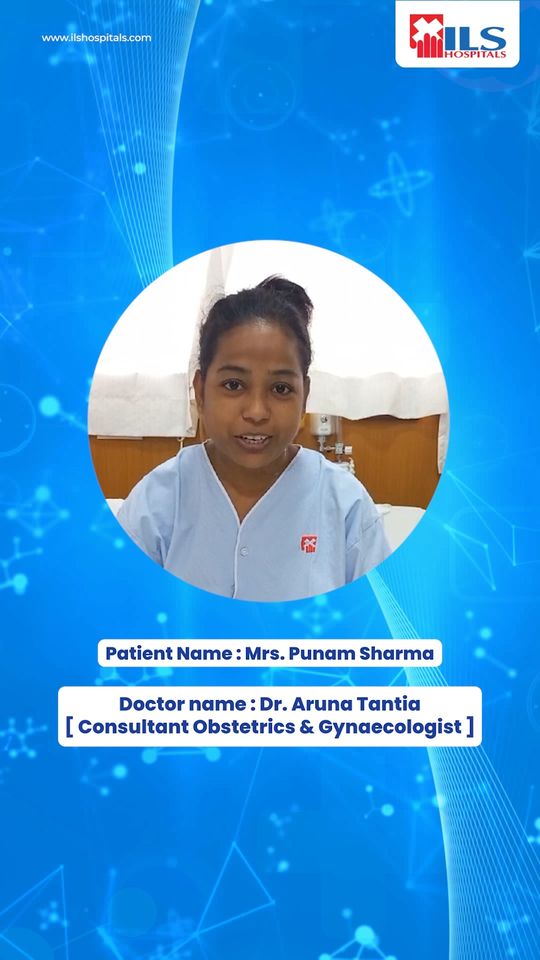Illuminating Women’s Health: Unveiling the Benefits of Hysteroscopy at ILS Hospitals
Dear Women, in our ongoing journey to illuminate the path to women’s well-being, let’s explore the realm of gynaecological health and shed light on the transformative benefits of Hysteroscopy – a modern diagnostic and therapeutic procedure offered with precision and compassion at ILS Hospitals.
Understanding Hysteroscopy:
Hysteroscopy is a minimally invasive gynaecological procedure that involves the insertion of a thin, lighted tube (hysteroscope) into the uterus through the cervix. This procedure allows direct visualization of the uterine cavity, aiding in diagnosis and sometimes treatment of various gynaecological conditions.
Indications for Hysteroscopy:
- Unexplained Uterine Bleeding: When a woman experiences abnormal uterine bleeding, hysteroscopy helps in identifying the underlying cause, such as polyps, fibroids, or abnormalities in the uterine lining.
- Recurrent Miscarriages: Hysteroscopy can be instrumental in evaluating and treating factors contributing to recurrent miscarriages, such as uterine abnormalities.
- Infertility Issues: For women facing challenges with conception, hysteroscopy can identify and address uterine factors affecting fertility, such as polyps or adhesions.
- Uterine Polyps or Fibroids: Hysteroscopy allows for the direct visualization and removal of uterine polyps or small fibroids that may contribute to symptoms or fertility issues.
- Abnormal Pap smear Results: When Pap smear results indicate abnormalities related to the uterine lining, hysteroscopy can provide a closer look and guide further diagnostic or therapeutic interventions.
The Hysteroscopy Procedure:
- Preparation: Before the procedure, a thorough evaluation of the patient’s medical history and sometimes imaging studies is conducted. The patient may be advised to empty their bladder before the procedure.
- Anaesthesia: Hysteroscopy is often performed as an outpatient procedure and may or may not require anaesthesia, depending on the nature of the procedure.
- Insertion of Hysteroscope: The hysteroscope, a thin and flexible tube with a light and camera, is gently inserted through the cervix into the uterus.
- Visual Examination: The camera on the hysteroscope allows the gynaecologist to visualize the interior of the uterus on a monitor, identifying any abnormalities or conditions affecting the uterine lining.
- Diagnostic and Therapeutic Interventions: Depending on the findings, diagnostic procedures like biopsy or therapeutic interventions like polyp removal can be performed during hysteroscopy.
- Recovery: After the procedure, the patient is monitored for a short period and can typically resume normal activities the same day or the next day.
Benefits of Hysteroscopy:
- Accurate Diagnosis: Hysteroscopy provides a direct and magnified view of the uterine cavity, allowing for accurate diagnosis of various gynaecological conditions.
- Minimally Invasive: As a minimally invasive procedure, hysteroscopy involves small incisions or no incisions at all, leading to quicker recovery, less pain, and reduced risk of infection.
- Treatment during Diagnosis: In many cases, hysteroscopy allows for simultaneous treatment during the diagnostic procedure, reducing the need for additional surgeries.
- Fertility Enhancement: By addressing uterine abnormalities, hysteroscopy can contribute to improved fertility outcomes for women facing conception challenges.
ILS Hospitals’ Commitment to Gynaecological Excellence:
At ILS Hospitals, we understand the unique health needs of women and are dedicated to providing advanced and compassionate care. Hysteroscopy, when recommended, is performed with precision and empathy, ensuring that every woman receives individualized attention and optimal outcomes.















































